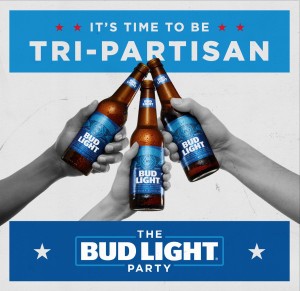A Look at Zoning, Prejudice and Mixed-Income Neighborhoods
A Quick Look at the “Z-Word” Question
If we want a walkable city, a city that puts its residents, tax-payers and neighborhoods first, then we need to look at some kind of “form-based” zoning code! The rules we have in place are just not working — flooding, traffic congestion and air pollution are all out of control.
Right down the street from my house in the Museum District, there is the most egregious density clash I’ve seen in a long time. Here is a photo! What do you think?
This historic Italianate grand home, meticulously restored by my neighbor Kathleen, is sadly dwarfed by an out-of-scale 26-floor luxury condo. If we had a form-based code in place, with some rules about how neighborhoods transition to higher densities, this wouldn’t have happened. Instead, it would probably be an 8 to 10 story grand apartment house, like the magnificent Napoleon III buildings of Paris that make the city what it is.
Take note: The glory of Paris is based on Baron von Haussmann’s grand plan and clear rules about how buildings relate to the street, sidewalks and to each other. The results continue to amaze and inspire.
A Controversial Issue: Affordable Housing?
There is a dearth of quality affordable housing in desirable neighborhoods in Houston. This includes most of you millennials, and as well blue-collar workers, students, and those with limited incomes or on welfare. The Houston Housing Authority has a huge waiting list, as well as federal funds to build moderate and lower income residences. But the new federal policy says it must be in more upscale “opportunity neighborhoods,” not in poverty-stricken ghettos. Projects proposed by the Houston Housing Authority in upscale areas like Briargrove have been strongly opposed by local residents and businesses. “Those people” are not wanted anywhere nearby.
Pedestrian Pete says, “this is outright discrimination and prejudice against other tax-paying Houstonians because of their background, income or race. This is just not acceptable in a 21st century wealthy democratic society.”
We do have a lot of “affordable” housing in Houston, but unfortunately most of it is substandard, even “unfit for human habitation” and in undesirable neighborhoods. Federal policy is correct; we should not spend tax-payer dollars on further concentrations of poverty. But is would make a lot of sense to mix market-rate and more affordable housing in disadvantaged neighborhoods like Fifth Ward. A fundamental policy for revitalizing our city should be mixed-income neighborhoods.
The Uptake: Mixed-Income Neighborhoods
The convergence of these statistics sends a clear lesson: mixed-income makes sense. Houston is admirably diverse, but we are the most segregated big city in America. Investing wisely in disadvantaged and transitioning neighborhoods based on a policy of mixed-income housing and walkable amenities will over time resolve a lot of contentious issues.
Measuring Walkability in Houston
A recent comparison report on walkability in our city cites zip code 77047 — south of Highland Village — as the most walkable and 77051 — Sunnyside in south Houston — as the least walkable, according to Walkscore. This is based on the density of attractive destinations in 77047. Sunnyside is a special case. Walking there is discouraged by a lack of desirable destinations, broken or missing sidewalks, poor street lighting, poor transit service, and crime and drug activity. Last year the area has was even found to be the second most dangerous neighborhood in the nation by NeighborhoodScout. Pedestrian Pete wouldn’t want to walk there either.
But there is a curious other factor to consider – Sunnyside has the lowest car ownership per household (about 30% without cars) of any zip code in the city. Families, especially seniors, are “transit-dependent,” suggesting that they should be walking, but surprisingly they are not! It’s too difficult and scary.
Pedestrian Pete says, “Let’s make more neighborhoods safe and walkable, especially those trapped in poverty and decline.”













